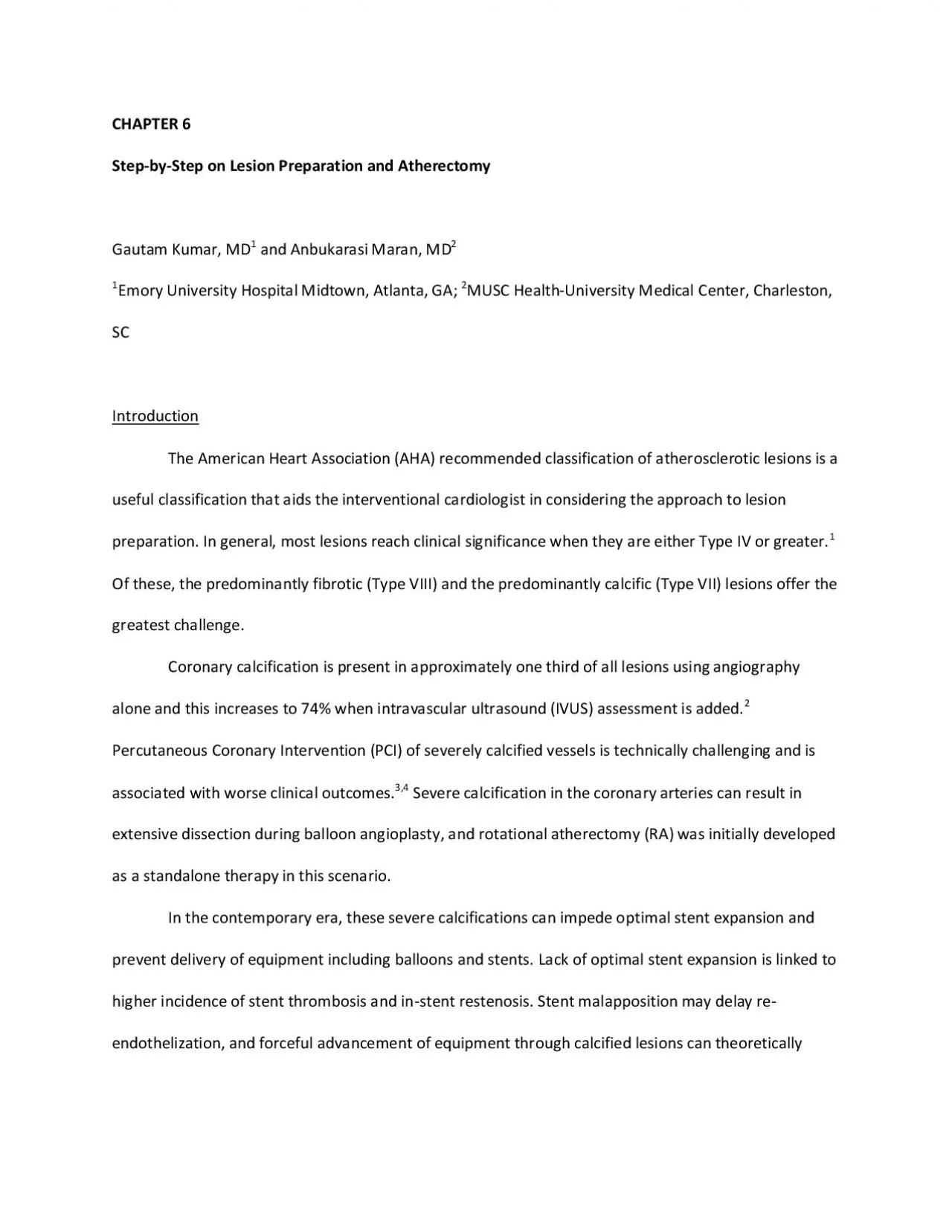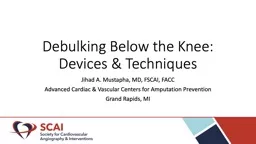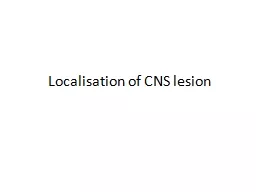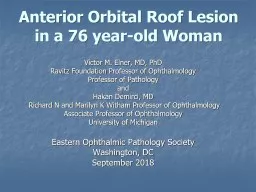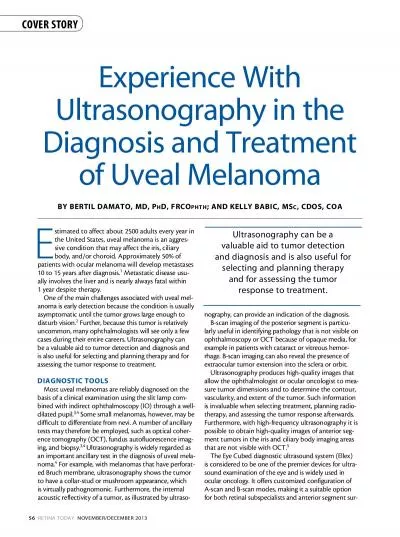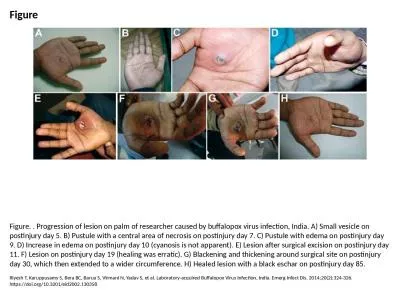PDF-Step on Lesion Preparation and Atherectomy
Author : fauna | Published Date : 2022-08-16
CHAPTER 6 Step by Gautam Kumar MD 1 and Anbukarasi Maran MD 2 1 Emory University Hospital Midtown Atlanta GA 2 MUSC Health University Medical Center Charleston
Presentation Embed Code
Download Presentation
Download Presentation The PPT/PDF document "Step on Lesion Preparation and Atherecto..." is the property of its rightful owner. Permission is granted to download and print the materials on this website for personal, non-commercial use only, and to display it on your personal computer provided you do not modify the materials and that you retain all copyright notices contained in the materials. By downloading content from our website, you accept the terms of this agreement.
Step on Lesion Preparation and Atherectomy: Transcript
Download Rules Of Document
"Step on Lesion Preparation and Atherectomy"The content belongs to its owner. You may download and print it for personal use, without modification, and keep all copyright notices. By downloading, you agree to these terms.
Related Documents

